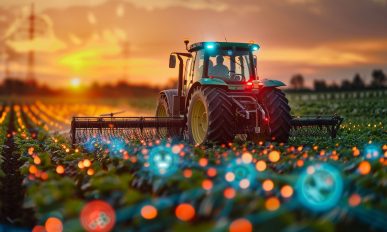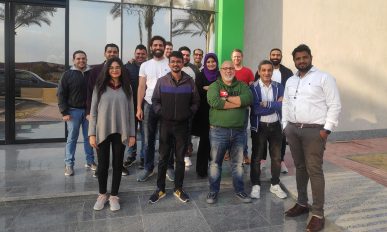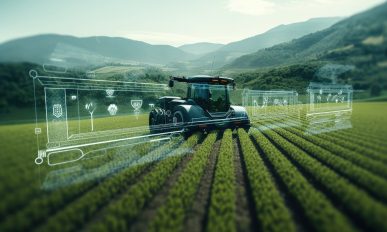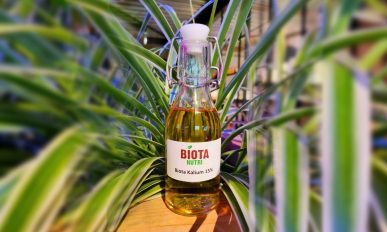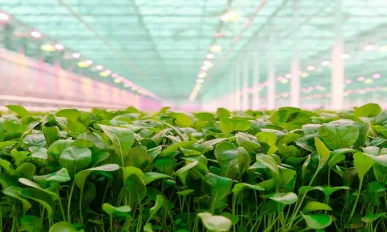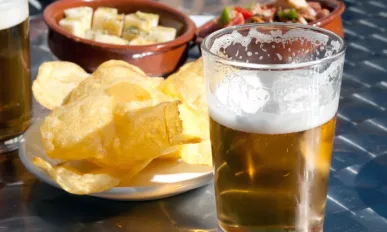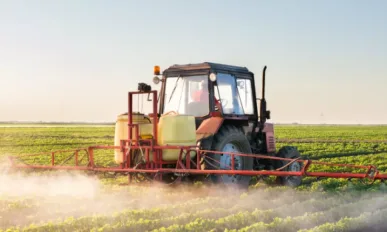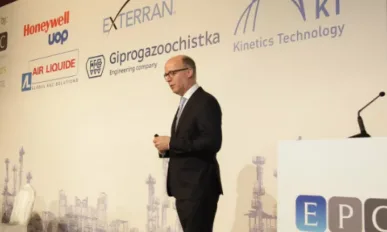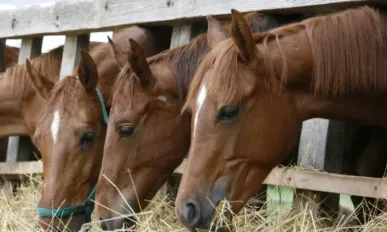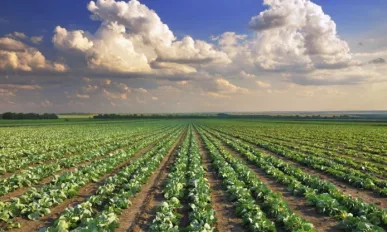FarmERP : Transforming Agricultural Value Chains
CEO and co-Founder of FarmERP, Sanjay Borkar, discusses the integration of innovative new technology that is driving the transformation of agriculture into a more efficient and sustainable entity.
FarmERP : Implementing Agriculture 4.0
Sanjay Borkar, CEO and co-Founder of FarmERP, discusses the challenges and opportunities of implementing Agriculture 4.0 in the Middle East and Europe.
Varda : Farming for the Future
The Agri-Tech sector is on the precipice of transforming worldwide food security and farming precision. Davide Ceper, CEO of Varda, highlights how the company is spearheading the use of data to have tangible, sustainable impact on the agricultural supply chain.
Biota Nutri : Grow the Best
We take a look at Biota Nutri and speak to CEO, Mark Valentine, about the growing technology that is changing farming in the Netherlands.
VB : Cultivating the Farm of the Future
Controlled-environment agriculture is being recognised as the most efficient method of choice for farming and horticulture. Originating from the Netherlands, we take a look at VB, and speak to CEO Edward Verbakel about greenhouse advantages and recent developments in Europe and the US
Walkers: A Sustainable Symbiosis
UK-based crisps giant Walkers utilises technology alongside a brewery partnership to help the environment.
8th World Congress on Agriculture & Horticulture
Conference Series LLC feels proud and honoured in inviting the contributors across the globe to its premier 8th World Congress on Agriculture & Horticulture (Agri World 2017).
IGTC 2017 (International Gas Technology Conference)
IGTC 2017 focuses on latest technologies for producing chemicals and petrochemicals based on natural gas as the main feedstock.
DIBAQ and SOKOTRA Capital Establish Strategic Animal Feed Distribution Partnership
Grupo Dibaq Diproteg S.A. (DIBAQ), one of Spain’s largest and oldest animal feed producers, and SOKOTRA Capital, a Dubai-based private investment company, have signed an exclusive commercial and marketing agreement.
OPTICHINA : International Horizons in Crop Breeding
OPTICHINA (Breeding to Optimise Chinese Agriculture) is a partnership between the European Union (EU) and China focused on crop breeding.



